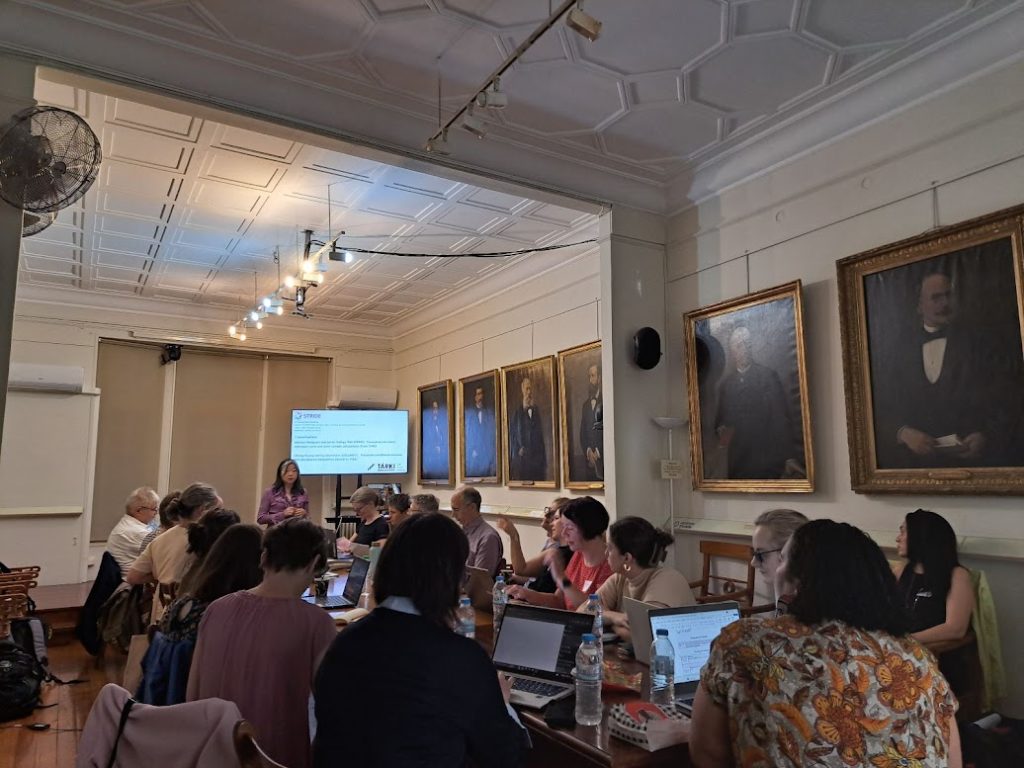Education is one of the most influential institutions for the transmission of knowledge. Beyond the development of cognitive skills, however, schools also serve as mechanisms for reproducing social values, norms, and perceptions.
The 1960s and 1970s marked the emergence of the women’s rights movement, which brought increased attention to the role of education in shaping gender identities. The rise of feminist theory during this period highlighted the importance of examining educational materials, particularly as the social role of women began to shift significantly. International research into gender stereotypes in school textbooks began to gain momentum after 1970. Many of these studies revealed highly stereotypical portrayals of gender roles—for instance, women were often depicted as homemakers, while men appeared as family protectors. Research conducted in countries such as the United States, Australia, Scotland, Germany, and Pakistan throughout the 1970s to 1990s produced similar findings.
In Greece, relevant studies began to emerge in the late 1970s and largely echoed the conclusions of international research. Even more recent studies conducted after 2000 have continued to identify gender imbalances, such as the minimal presence of female figures in history textbooks and the unequal representation of genders in subjects like mathematics and physics. Other contemporary analyses have shown that male characters remain more numerous and dominant, while female characters are often portrayed as passive or engaged in traditional roles.
Nonetheless, modern textbooks are not without progress. Compared to earlier editions, there have been notable improvements, with efforts aimed at presenting more balanced and contemporary gender representations. Still, researchers emphasise that textbook portrayals can significantly influence students’ perceptions of gender roles and their future aspirations. Male students, in particular, may receive stronger encouragement toward specific career and social paths.
In conclusion, it is essential to critically examine the extent to which school textbooks may perpetuate gender stereotypes and inequalities. Shouldn’t educational systems strive to promote equal opportunities and foster inclusive representations for all students, regardless of gender?












